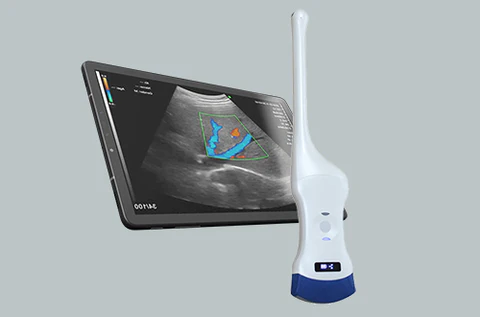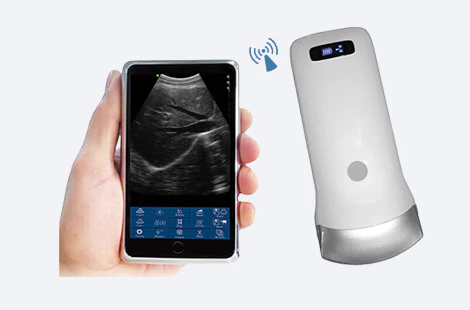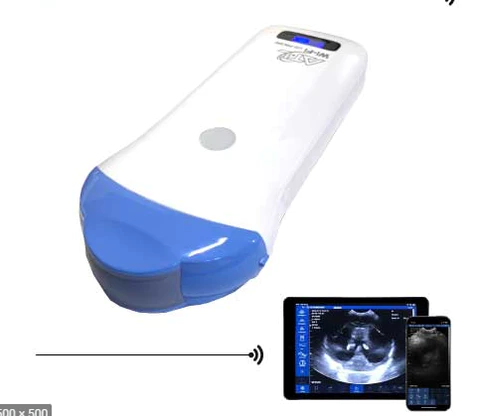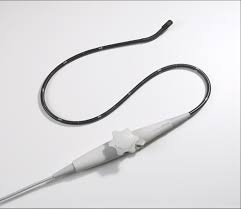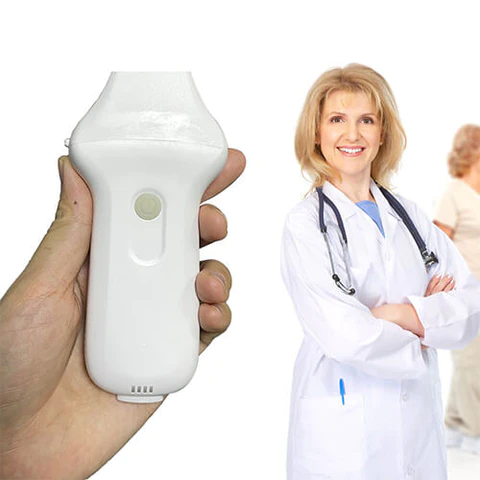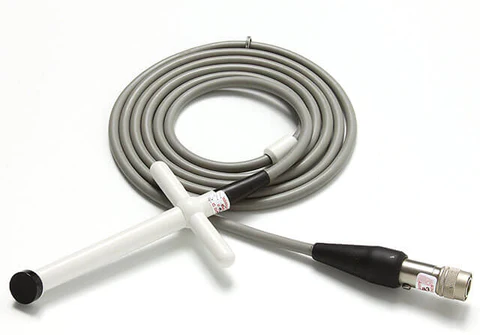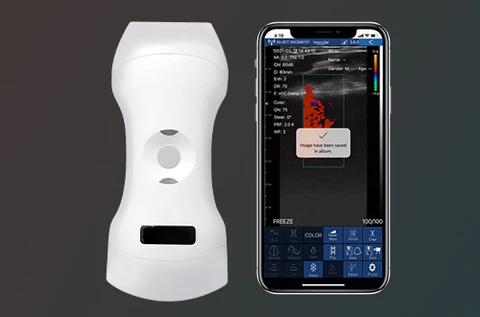The linear piezoelectric crystal arrangement is one of the essential characteristics of a linear ultrasonic transducer. The probe's beam is rectangular and provides good near-field resolution.
The site uses and frequency of the linear transducer may differ depending on whether it is used for 2D or 3D imaging.
The linear transducer for 2D imaging has a large footprint and a frequency range of 2.5Mhz to 12Mhz. This transducer has a wide range of applications, including:
• Vascular inspection
• Vein puncture
• Tendon Thyroid Breast
• Laparoscopy, intraoperative
• Ultrasonic velocity change imaging, photoacoustic imaging
• To determine the thickness of body fat
• Check for locomotive syndrome
The 3D imaging linear transducer also has a large footprint and a center frequency range of 7.5MHz to 11MHz.
They are an excellent choice for scanning body areas with a tiny surface area, such as the breast, thyroid, Arteria carotis of vascular application, and nerves, and are not deep into the tissue.
